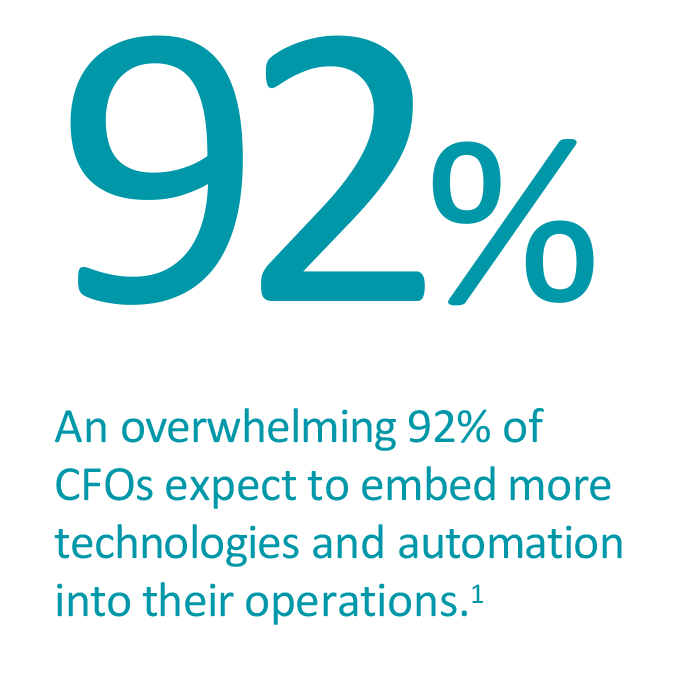Untangling Capital Allocation has been saved

Perspectives
Untangling Capital Allocation
How to simplify the challenge

Crunch time series for CFOs:
Untangling capital allocation
How to simplify the challenge
Allocation of capital can be complex. Shifting priorities, external pressures, trade-offs, and stakeholder interest show no signs of abating. A changing world means more complexity, not less. Our Crunch time report takes an in-depth look at how CFOs can understand, simplify, and improve their organization’s capital allocation process.
Why are we talking about capital allocation now?
Finance leaders constantly weigh the return of their business’s time, resources, and human capital investments in their efforts to maximize the organization’s health and shareholder value. But what about analyzing the investments themselves? Capital allocation challenges can be a lot to untangle. Here’s why we’re talking about it now:
A changing world: COVID-19; environmental, social, and governance risk; and activist shareholders are forcing many executives to reckon with long-term impacts on strategy.
Policy matters: As administrations pursue and implement new tax policies, it can have an enormous impact on how—and how fast—companies can use tax equity for capital outlays.
More than profit and loss: Focusing on capital allocation means ensuring that the organization can keep creating value as it changes within its charter and shareholders’ expectations.
Competitive advantage: An effective strategy can narrow the gap between what a portfolio could deliver and what it actually does deliver.
How to build the big picture (piece by piece)
What you’ll need for your capital allocation journey:
Know your stakeholders
By understanding who your stakeholders are and what they want (and why), CFOs can mitigate a major challenge in capital allocation: bias. Talking to your people openly about what they want, and the behaviors they’re using to get it, can boost transparency; this can help you get your stakeholders on board for the journey to better decision-making.
Recognize and rectify bias
Historical bias, narrow focus, expert bias, and more can all sway a major capital planning decision for better or worse, and they exist everywhere. By correcting for these biases and others, you can lend impartiality to decisions that can otherwise feel subjective.
Measure twice. Do it again
CFOs can help their stakeholders better understand decisions and diminish their bias by applying measurement. But measurement isn’t always in numbers. Using multiple criteria to make a capital planning decision (or simply looking at it from different angles) can shine a light on overall strategy, risk, and trade-offs and how these fit into an organization’s portfolio.
Create and follow a checklist
Goals, data, tools, people, and a plan: You’ll need all these for a rightsized and efficient capital allocation strategy, no matter the size of the project you want to tackle. Start small and implement these changes slowly. The only timeline you have is your own.
And one more thing: Ask the question that no one else wants to think about
How could we be wrong? No capital planning decision should be made without asking that question. It’s up to you as a finance leader to look at each financial decision holistically, and that means examining it from the angle of failure.
It's crunch time
By tackling your capital allocation strategy, measuring what matters, and building a plan and team for the future, you can create a new competitive advantage for your organization—one that keeps an eye on what the future might hold while building on the success that’s right in front of you.
Deloitte can help
Our Finance Labs explore the “art of the possible” and define your Finance Transformation strategy, bringing to life potential use cases, road map priorities, and future-state benefits. Contact us to learn more.
Explore other reports and guides in our Crunch time series, along with inspirational Finance Transformation case studies.
Endnotes
- 1 Deloitte, “Board members: Think like an activist investor,” accessed September 17, 2021.
Recommendations
Crunch time series for CFOs: Finance 2025 revisited
Let’s reassess our eight finance trend predictions


